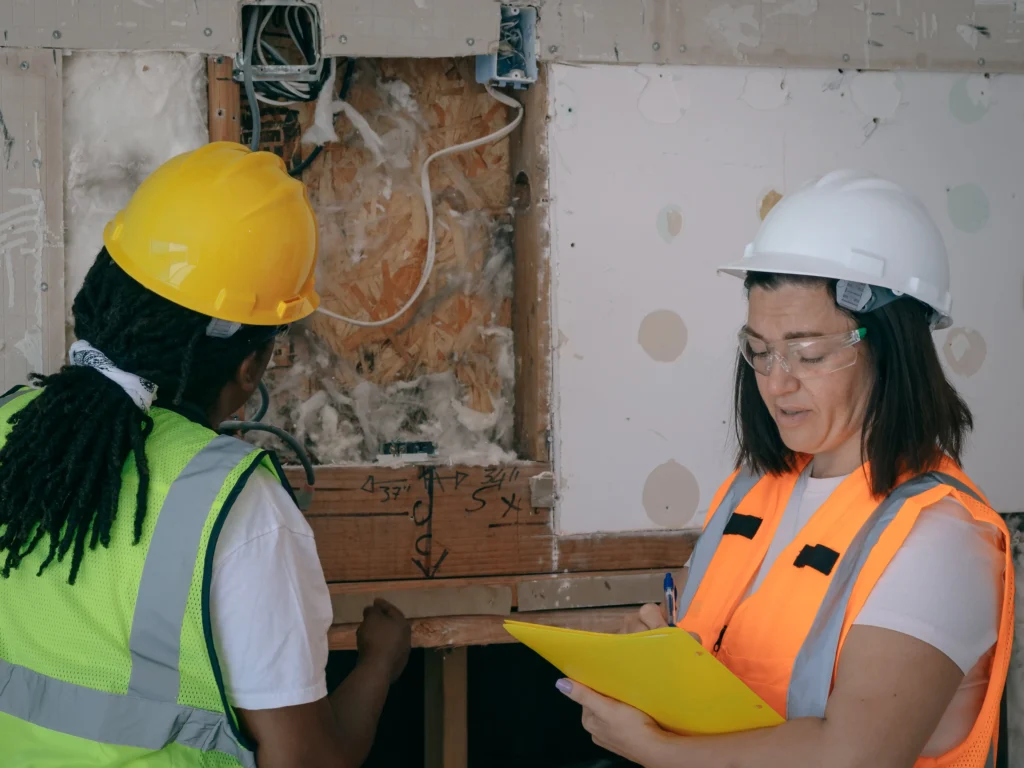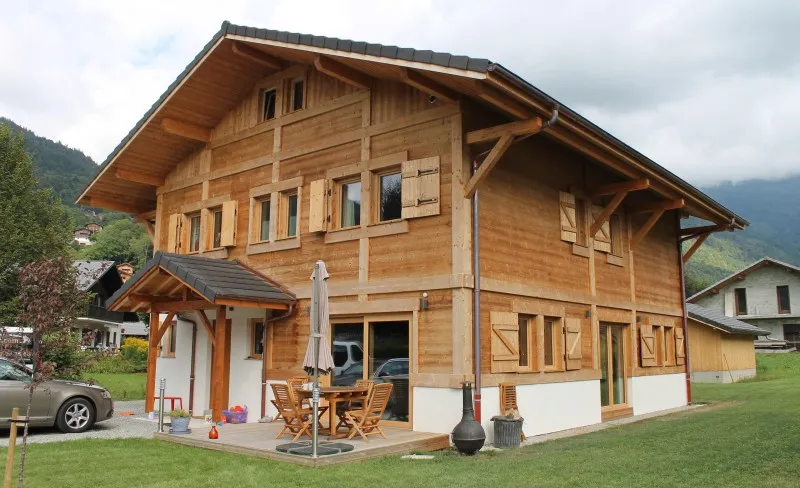Structural Inspection

A building inspection by a structural engineer can make sense for both existing owners and future property buyers. This is essential to assess the condition of the structure, identify any problems and determine the necessary repairs, while providing an accurate estimate of the associated costs.
When it comes to buying a property, a pre-purchase inspection by a structural engineer is an essential step. It helps detect potential structural problems that may not be visible to the naked eye. Cracks in the foundation, for example, can be indicative of soil movement or drainage problems, while water seepage through cracks in the foundation or roof can lead to structural damage.
Cracks in foundations can not only weaken the structure, but also allow
water infiltration, compromising the integrity of the building. The structural engineer can use
various tools, such as endoscopes for exploring hard-to-reach spaces, thermal cameras for detecting temperature variations indicating insulation problems, or
instruments to measure the moisture content of the wood, to assess whether these elements need to be reinforced or replaced.
Water infiltration, whether from cracks in the foundation or the roof, can also encourage mold growth, causing health problems and requiring immediate attention. A structural engineer can identify these potential problems and recommend appropriate solutions.
A complete inspection can also include assessment of the framework, load-bearing walls, floors, roofing, electrical installations and plumbing. This provides an overview of the building's structural health, enabling you to anticipate necessary repairs and avoid unforeseen costs in the future.



